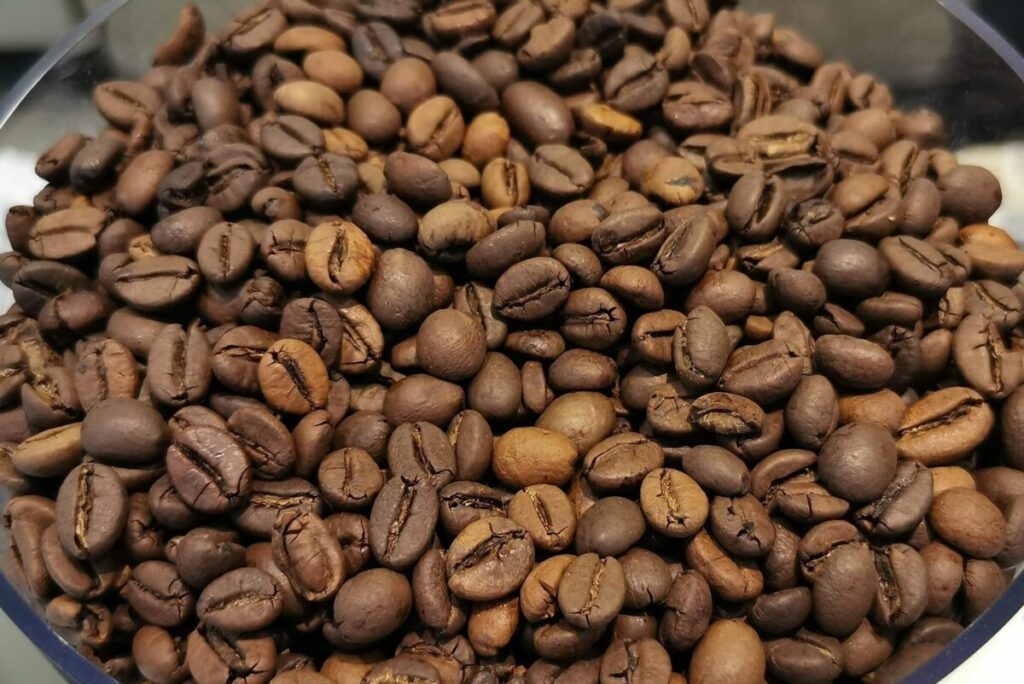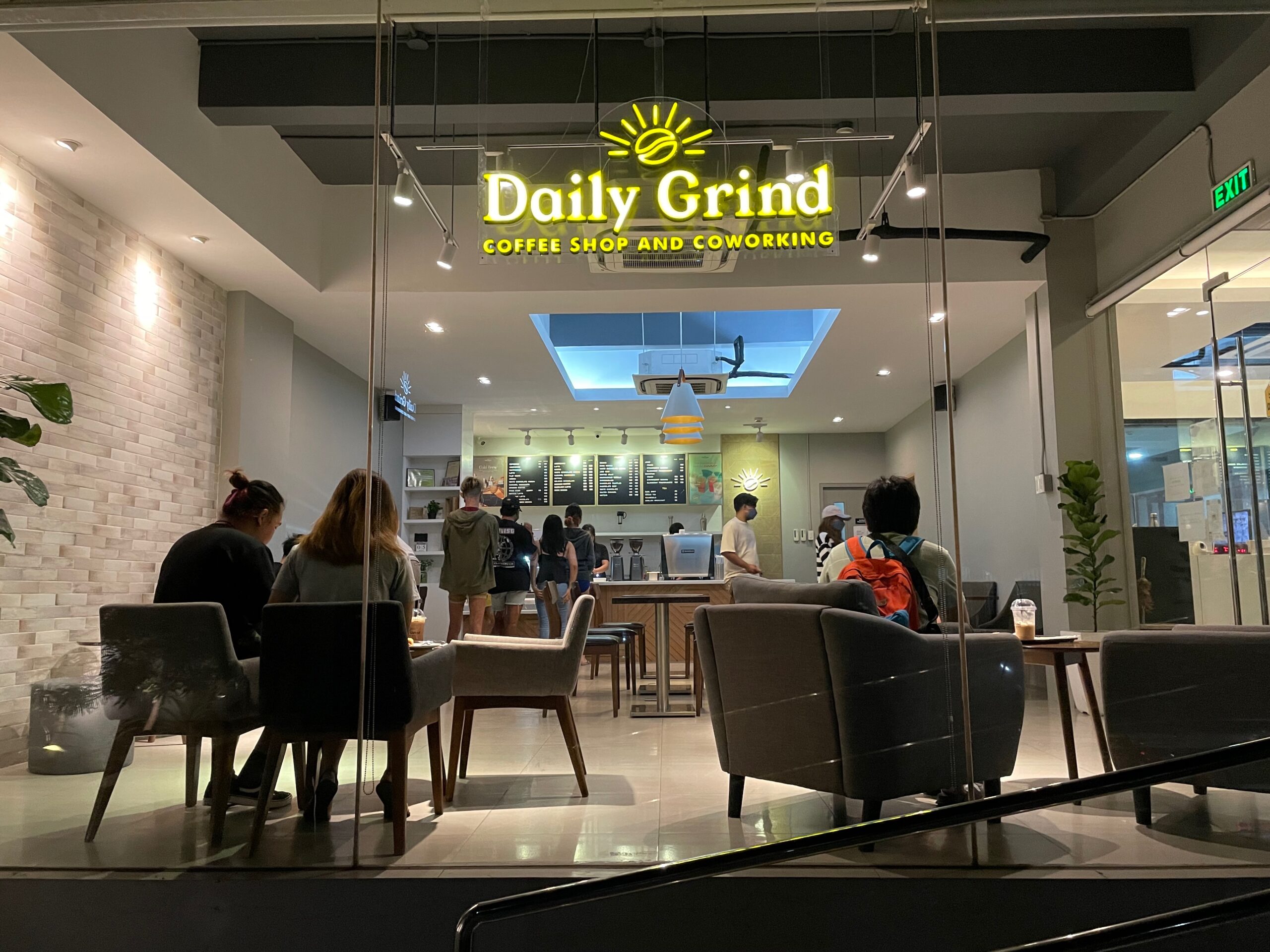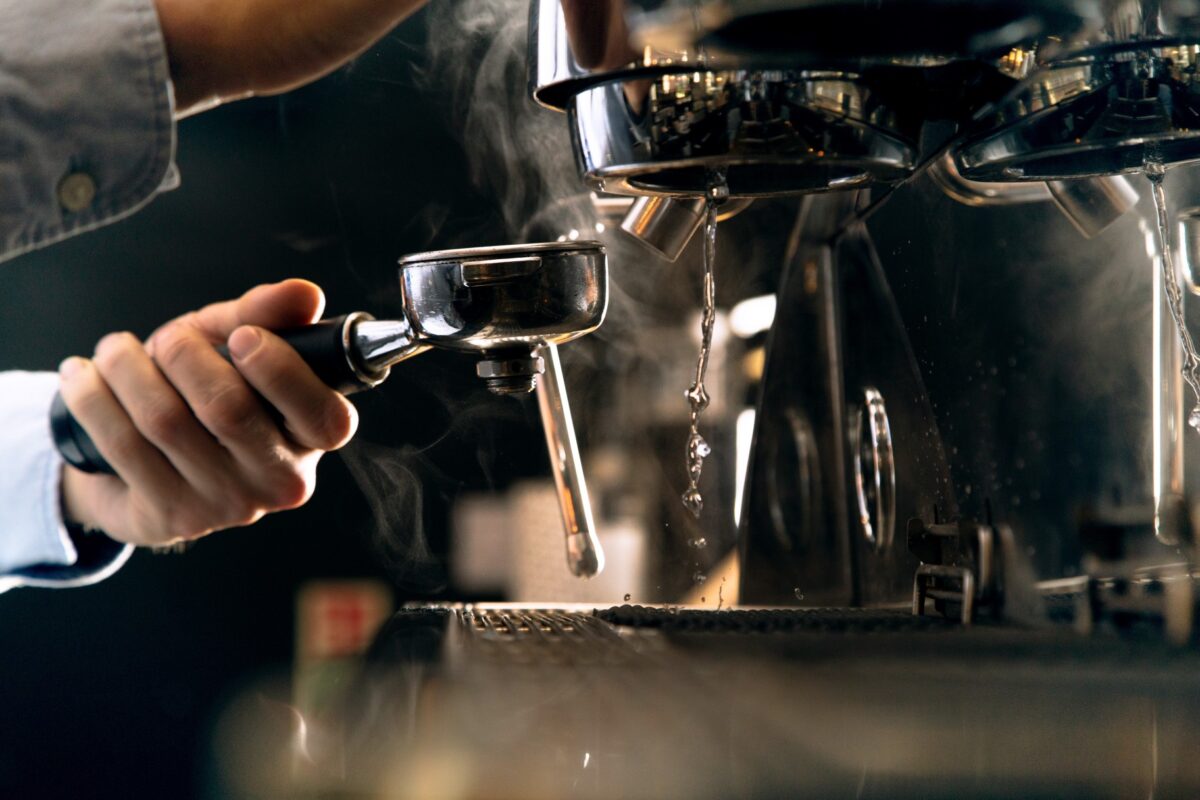A cup of coffee or two for a young working professional like you. You’ve probably noticed how coffee has become a vital part of one’s daily life. From the moment you wake up to the time you call it a day, you’ve surely taken a sip from your coffee cup. Are there particular types of coffee that you prefer? Do you like it black? Hot or cold? With or without caramel on top?
This drink has become very popular not only in the country but also worldwide. In fact, billions of cups of coffee are being consumed daily. Here in the Philippines alone, customers include heavy drinkers who consume coffee products thrice a week in average. This is higher compared to the regular coffee drinking average of twice a week.
Four Main Types of Coffee Beans
The demand for coffee has steadily increased, despite today’s state of affairs due to COVID-19. If you’d notice, coffee shops continue sprouting here and there. Online coffee shops are becoming a thing, too! So, whether you want to start your own shop or you’re just a coffee lover, this article is for you. Here, we’ll delve into everything you need to know about coffee—from coffee types to various kinds of coffee beans and drinks.
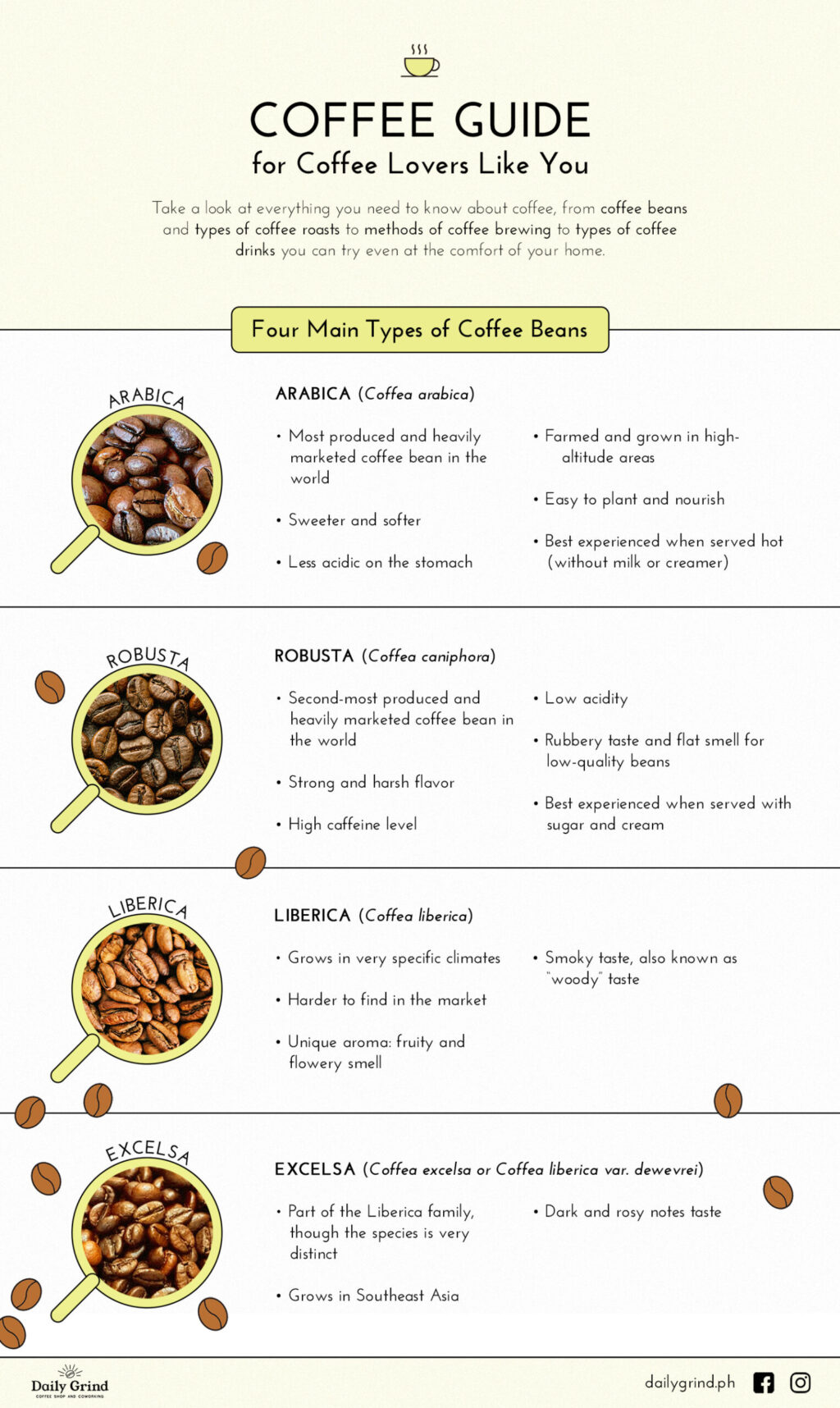
Download this Four Main Types of Coffee Beans infographic now.
1. Arabica (Coffea arabica)
Covering over 60% of the world’s coffee production, Arabica is considered the most produced and heavily marketed coffee bean in the world. Sweeter and softer than other coffee bean types, Arabica is known to have a more delicate flavor among the four. The majority’s favorite mark of Arabica bean? It’s less acidic on the tummy.
Arabica beans are farmed and grown at high-altitude areas where rain is steady and the amount of shade is plenty. In general, mature arabica trees are easy to care because they are just 6 to 15 feet tall and wide. However, this plant is delicate and requires a huge attention for pruning and caring.
With multilayers of flavors and aromas, Arabica coffee is best tasted on your front palate, where you could taste both its salinity and sweetness. To fully experience the taste of arabica beans, serve it hot using pour-over or drip coffee technique. Remember, it’s not ideal to serve your Arabica coffee cold or with milk or creamer, for it reduces the quality of taste.
2. Robusta (Coffea caniphora)
Following the top popular and most produced coffee bean is Robusta. Its name is no accident, being known for its strong and harsh flavor. Not only that, but its caffeine level is also extremely high—almost double that of Arabica—making the plant more resilient than the arabica species. Moreover, its high caffeine level acts as natural protection from insects, thereby reducing major threat diseases to the tree. Robusta, indeed!
Contrary to Arabica coffee bean, Robusta is best sampled on your back palate, since bitter notes are most obvious in this area. Aside from this, high-quality Robusta beans have low acidity and smooth texture. The best Robusta coffee beans have chocolate and rum flavor hints. However, low-quality beans might taste rubbery and smell flat which could be the result of bad climate and substandard practices. Robusta coffee beans are perfect matched with cream and sugar. Robusta will not lose its flavor when added with these!
3. Liberica (Coffea liberica)
Rarer than the coffee beans above, Liberica grows in very specific climates. This is the reason that among the types of coffee, this one’s harder to find in the global market. Despite this, however, Liberica actually played a major role in the coffee history, even culminating to a time when it became extremely in demand. When a plant disease called coffee rust decimated approximately 90% of the arabica plants worldwide in 1890, there came to be a great demand for coffee. The government and farmers, thinking of producing a substitute, then turned to Liberica.
Still a US territory at the time, the Philippines was the first country to farm and sell this; and this decision helped the nation’s economy, for they were the only country to supply coffee at that period. Years later, the PH economy grew, and the nation declared its independence. As a result, the US enforced abrupt economic measures and cut off supplies to the country. This ultimately led to the downfall of the Liberica coffee bean in the global marketplace. Until now, no other country was ever able to match the production that the Philippines once pioneered.
Though larger than other coffee bean types, Liberica beans are the only coffee beans with irregular shape. Besides, it has unique aroma, playing around fruity and flowery smells. The flavor, on the other hand, holds a smoky taste, or many people call a “woody” taste.
4. Excelsa (Coffea excelsa or Coffea liberica var. dewevrei)
Last on the four main types of coffee beans is Excelsa. Although it is considered part of the Liberica family, the Excelsa species is very distinct. Having an almond-like shape, this coffee bean type grows mainly in Southeast Asia. Its taste? Dark and roasty notes. This is something carefree coffee drinkers must turn to, should they want to try unique and distinct from the usual.
Types of Coffee Roasts
Roasting coffee involves the heating process that transforms raw beans into the brown—light to dark—beans we know. This process also brings out the aroma and flavor locked inside a green coffee seed. There are four color types: light, medium, medium-dark, and dark. As the coffee bean gets darker, it loses its original flavors, and the caffeine level lowers.
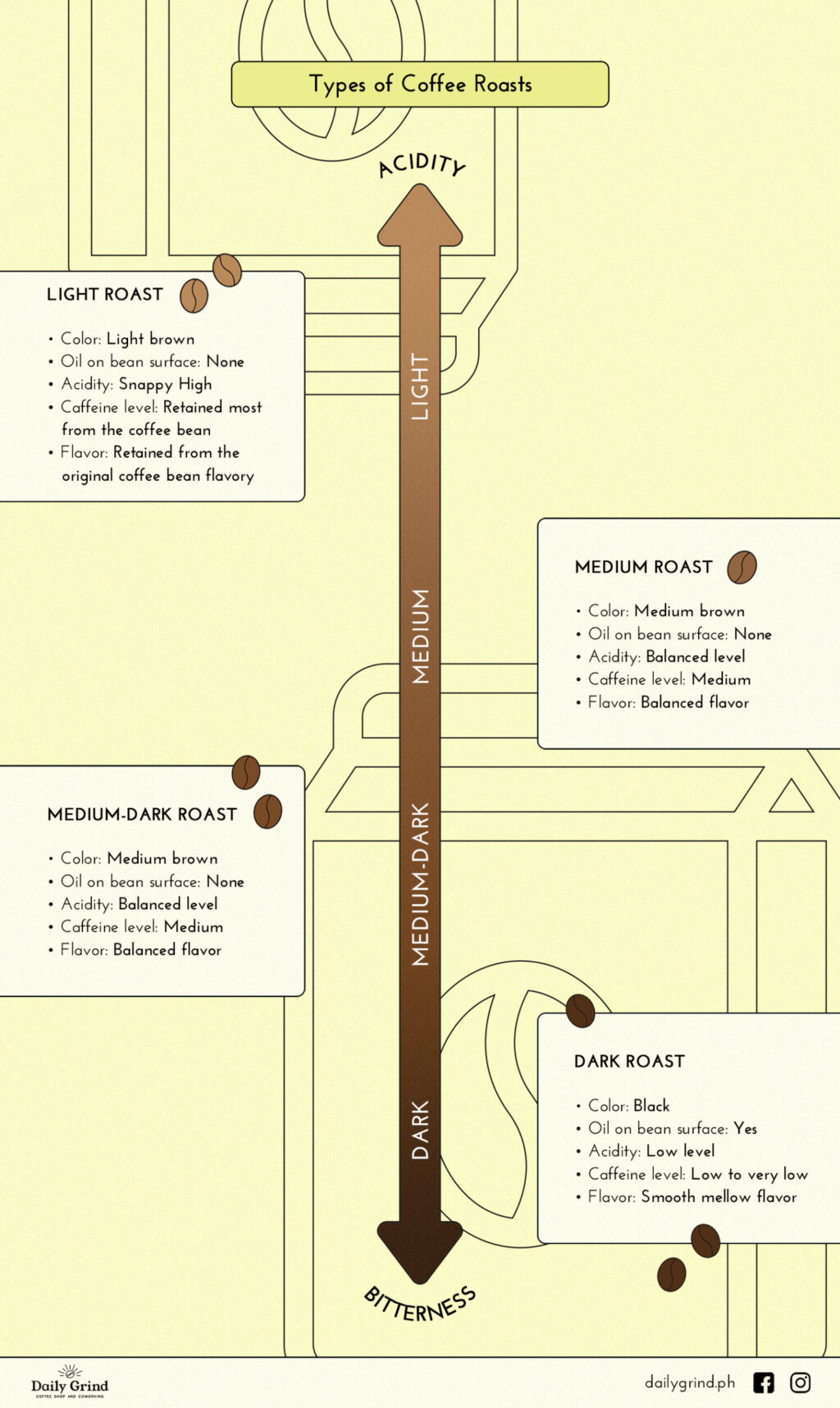
Download this Types of Coffee Roasts infographic now.
- Light Roast
- Color: Light brown
- Oil on bean surface: None
- Acidity: Snappy High
- Caffeine level: Retained most from the coffee bean
- Flavor: Retained from the original coffee bean flavor
- Medium Roast
- Color: Medium brown
- Oil on bean surface: None
- Acidity: Balanced level
- Caffeine level: Medium
- Flavor: Balanced flavor
- Medium-Dark Roast
- Color: Dark brown
- Oil on bean surface: Some
- Acidity: Medium level
- Caffeine level: Medium to low
- Flavor: Full, heavy flavor
- Dark Roast
- Color: Black
- Oil on bean surface: Yes
- Acidity: Low level
- Caffeine level: Low to very low
- Flavor: Smooth mellow flavor
Popular Methods of Coffee Brewing
Brewing comes after the coffee beans have been harvested and roasted. Below are the three main methods of turning your coffee beans into liquid. It is vital to know about these methods, since each of them produces unique flavor and caffeine level. It will also help you pick the best coffee type that will fit your every mood.

Download this Popular Methods of Coffee Brewing infographic now.
1. Drip Coffee Maker
This is probably one of the most common brewing techniques you can do in your home. Using a drip coffee maker, your coffee is brewed through a filter. This filter contains the coarse coffee ground of your choice; with the boiling water then dripping from the top, passing through the pot, and leaving the ground on the filter.
2. French Press
Popular to many young professionals nowadays, a French press is a cylindrical glass flask with a mesh filter inside which separates the ground coffee from the hot water. Using this means consuming the coffee right after brewing. Since the French press method allows the oils from the ground coffee beans to mix with the water, stronger flavor is produced compared to a drip coffee machine. When using this, coffee grounds should be a medium or coarse grind to avoid them passing through the filter. More than that, it’s for you to obtain the best flavor possible, especially when you regulate the temperature best for your type of coffee bean.
3. Espresso Machine
This machine is designed to force a little amount of hot water through the coffee grounds at a very fast speed. The ground coffee beans are placed into the portafilter and the water is pressurized through the beans, producing the liquid coffee. Beans used for this method are finer, resembling the consistency of a powdered sugar. Compared to the first two methods, a single shot of espresso can take only up to 20 seconds, producing stronger taste and creamier froth known as crema. Are you the type of person who loves strong coffee? Then the espresso machine is for you.
4. Cold Brew
In this method, use a coarsely ground coffee. Add a cold or room-temperature water, and let it steep for 12 to 24 hours. Then, separate the coffee grounds from the liquid. Expect a less bitter yet highly caffeinated brew for your cold brew.
Types of Coffee Drinks
Overwhelmed with the menu you see in a coffee shop? Yes, we’ve all gone through that stage. Read on to learn the various coffee drink types to help you avoid being stuck with the only coffee order you know.
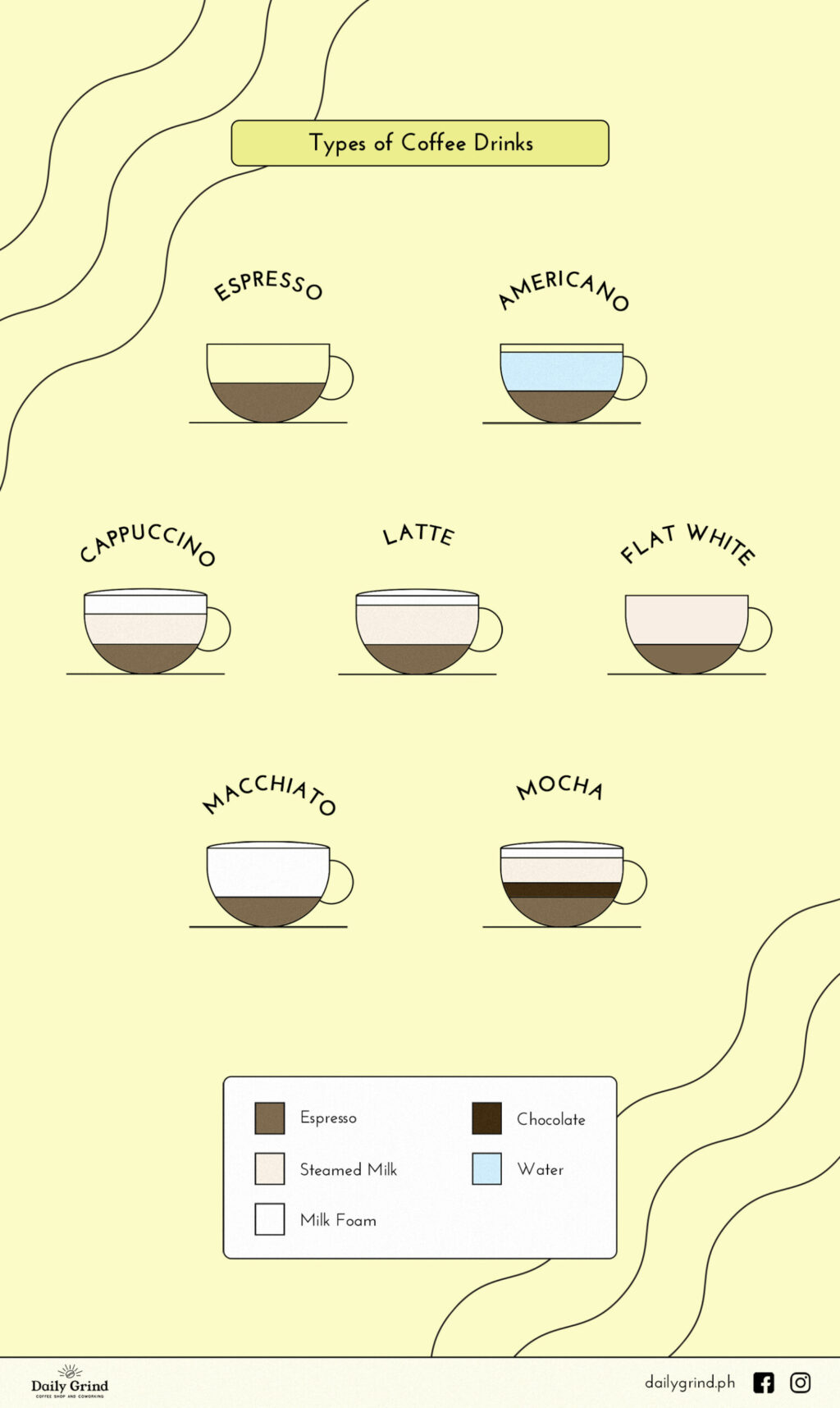
Download this Types of Coffee Drinks infographic now.
- Espresso. Also known as short black, espresso is roughly 1 oz. of highly concentrated, strong coffee.
- Americano. Basically, Americano is espresso with added hot water of 100 to 150 ml. It is a popular breakfast drink that originated during World War II, where soldiers would add water to their coffee to lengthen their rations beyond normal. Though the water dilutes the espresso, it’s still high in caffeine level.
- Cappuccino. This drink contains espresso and milk foam mixture, famously consumed in Italy during breakfast. The foam layer symbolizes comfort since you can add preferred designs to it.
- Latte. Are you a coffee neophyte? Try latte, a mild milk coffee. It’s a combo of espresso with steamed milk and a little milk foam. It is best for coffee newbies since the acidity and bitterness are cut by the amount of milk in the beverage. You can add flavoring syrups to it, too!
- Flat White. It contains double espresso and lightly frosted milk. Although very similar to cappuccino, it lacks foam layer and chocolate powder. Steamed milk is placed at the bottom to keep the drink creamy and not frothy.
- Mocha. This is a hybrid of hot chocolate and coffee. Aside from cutting the acidity of espresso, the chocolate powder or syrup provides a rich and creamy flavor to your coffee. You can add whipped cream too, if you like.
- Macchiato. This contains espresso with a little milk foam. A long macchiato, on the other hand, is a taller version, and can be identified by the distinct layers of coffee and steamed milk.
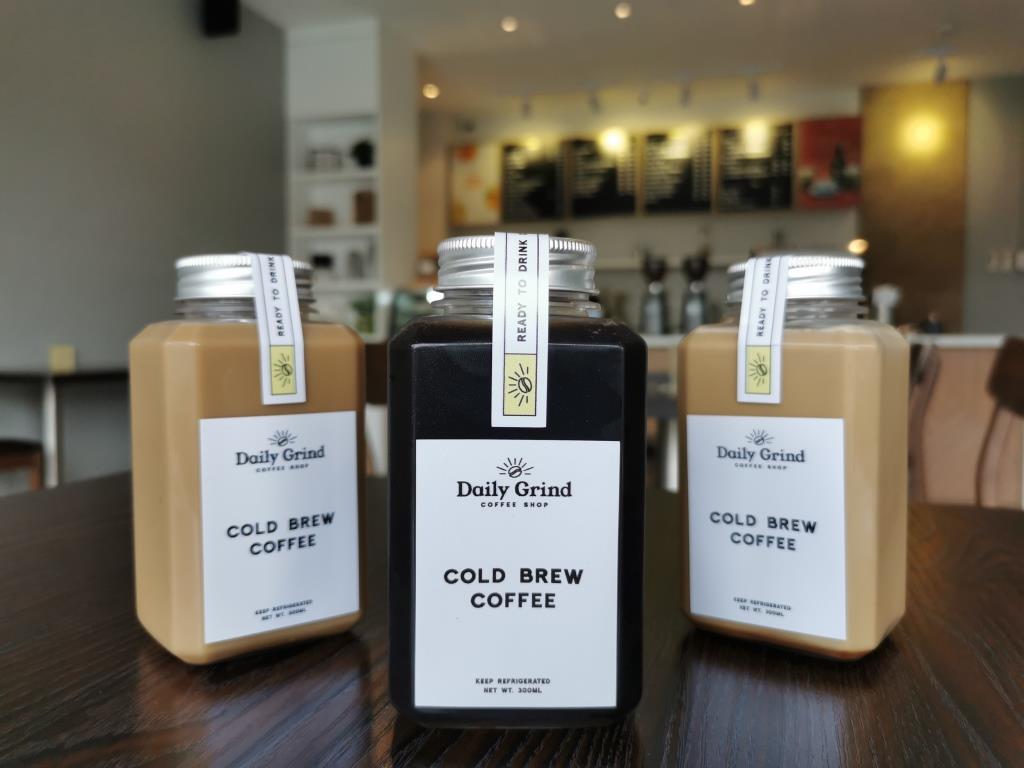
Start and End Your Day with Daily Grind Coffee Shop
Want to try these types of coffee? Visit Daily Grind Coffee Shop and Coworking. We are located at GF FilWeb Asia Bldg., Maharlika Drive, USPS, San Pedro City, Laguna. You may also grab a cup of coffee or two using the foodpanda app. We also offer pastries to partner your favorite coffee. What are you waiting for? Visit us or call us now.

